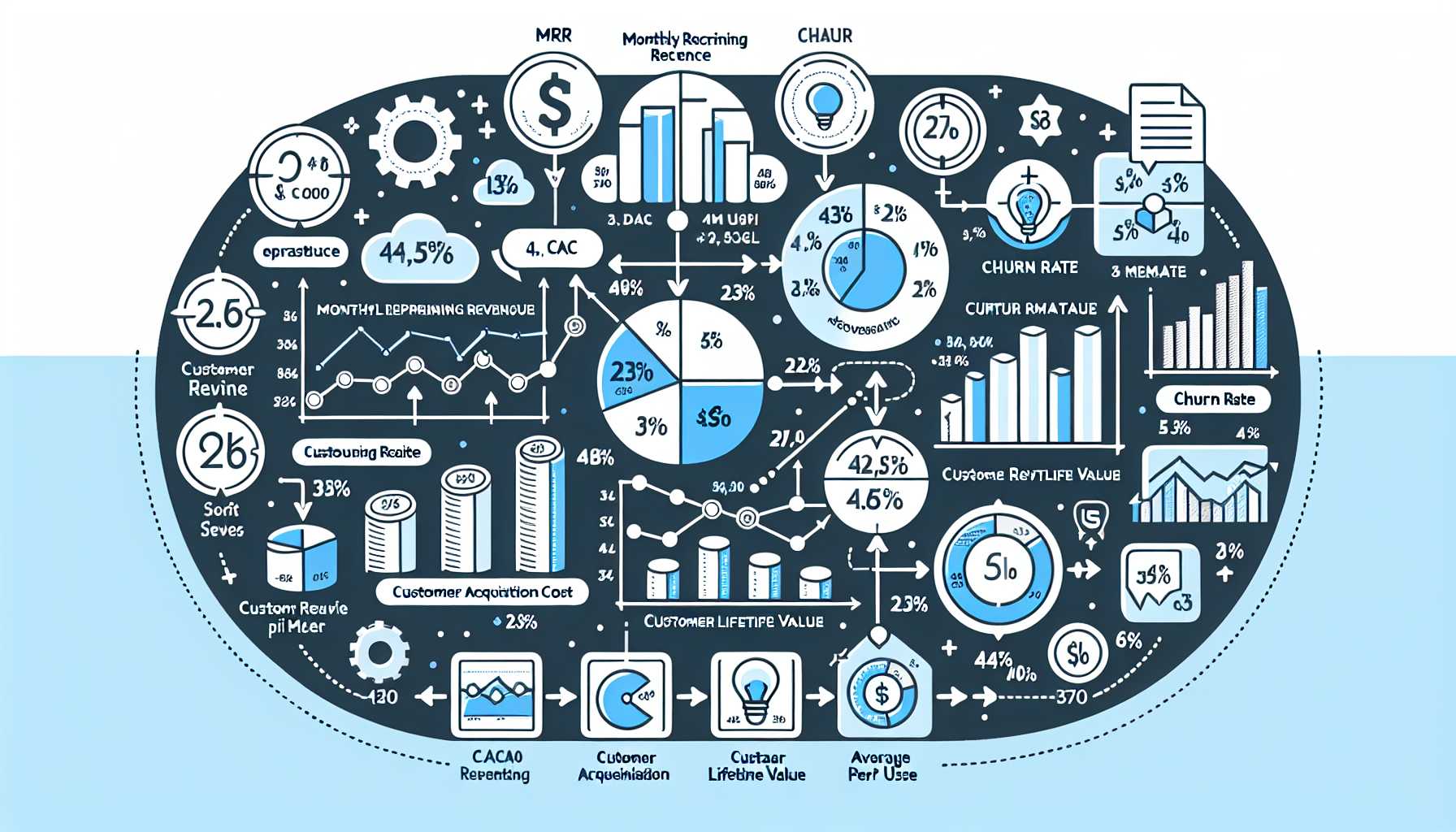Welcome, fellow product manager.
Designing and managing Software as a Service (SaaS) products presents unique opportunities and challenges compared to traditional software management. With my tenure in the tech industry, I’ve spearheaded the launch and growth of numerous SaaS products, and I’d like to share with you the insights and methodologies that have led to successful outcomes.
The Transition from Traditional Software to SaaS
Traditional software and SaaS products differ fundamentally. While the traditional model often dealt with one-time purchases and periodic major updates, SaaS is about continual improvement and a subscription-based revenue model. One major advantage of SaaS is the ability to roll out updates regularly, ensuring customers always have the latest features and security patches. This approach fundamentally shifts the focus from product ‘ownership’ to ‘service’.
Dissecting the SaaS Model
SaaS products are delivered over the internet, offering high scalability, accessibility, and a shorter sales cycle compared to traditional software. The importance of user experience (UX), customer feedback loops, and data analytics is amplified in a SaaS environment.
Understanding Customer Needs
Successful SaaS products are often less about the technical specifications and more about the value they deliver to the customer. Customers don’t just buy a product; they buy a solution to their problems.
Throughout my Products journey, I’ve found the Jobs to be Done framework particularly useful in understanding and defining the value proposition of SaaS offerings. By focusing on the ‘jobs’ that customers hire your product to do, the product features can be precisely aligned with customer needs and desires.
The Role of Metrics
The beauty of SaaS lies in its measurability. Data is king, and the key performance metrics differ from those of traditional software. Typical SaaS metrics include Monthly Recurring Revenue (MRR), Churn Rate, Customer Acquisition Costs (CAC), Customer Lifetime Value (CLV), and Net Promoter Score (NPS).
Continuous Deployment and Testing
SaaS enables rapid iteration with continuous deployment. I recall one particular experience where an A/B testing approach allowed my team to fine-tune features on-the-fly, vastly improving user engagement without disrupting the service. The key was to build a robust testing framework that could deploy changes in a controlled environment, enabling us to make data-driven decisions.
User Experience at the Heart
For SaaS, the user interface (UI) and UX take on a heightened importance. I’ve found that a relentless focus on simplifying the user journey leads to better adoption rates and customer satisfaction. Involving UX designers early and often in the product development cycle is crucial for SaaS products.
Implementing Product Strategies for SaaS Success
How do you then take these unique aspects of SaaS to craft successful product strategies? Here are iterations from my playbook:
1. Build for Iterations
Embrace the Lean Startup methodology. Launch with a Minimum Viable Product (MVP) and iterate based on feedback. This lean approach has proven invaluable in rapidly adapting to the market without overcommitting resources.
2. Customer Success as a Priority
SaaS products need active engagement from customers to be successful. Hence, the role of a customer success team is critical. Design the product with mechanisms to collect feedback seamlessly and action it through customer success initiatives.
3. Enable Data-Driven Decisions
Build analytics into the core of your product. Every feature should be measurable, which can guide product enhancements. A data-driven culture is key to making informed decisions on product roadmaps.
4. Emphasize Security and Compliance
With the SaaS delivery model, customers are entrusting you with their data. I have always prioritized building a robust security framework within the product architecture and ensuring compliance with regulations like GDPR and HIPAA.
5. Foster Community and Network Effects
SaaS products often benefit from network effects where value increases as more users join. Establishing a community around your product can boost engagement and lock-in. A dedicated user community has been a cornerstone for success in several SaaS products I’ve led.
Conclusion
The journey from traditional software to SaaS is transformative. Embrace the change with a clear understanding of the SaaS model, focus on customer value, and leverage data analytics to drive your product vision. In doing so, you are well-positioned to navigate the nuances of SaaS product management and deliver world-class products.
Are you in the throes of managing a SaaS product, or maybe you’re transitioning from traditional software to SaaS? I would love to hear your experiences and thoughts on this dynamic space.

